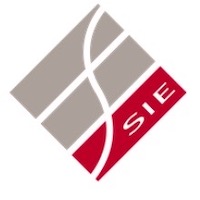Apically extruded debris and irrigants during root canal instrumentation with TruNatomy and ProTaper Gold rotary file systems

Submitted: 11 February 2021
Accepted: 11 May 2021
Published: 5 July 2021
Accepted: 11 May 2021
Abstract Views: 3906
PDF: 824
Publisher's note
All claims expressed in this article are solely those of the authors and do not necessarily represent those of their affiliated organizations, or those of the publisher, the editors and the reviewers. Any product that may be evaluated in this article or claim that may be made by its manufacturer is not guaranteed or endorsed by the publisher.
All claims expressed in this article are solely those of the authors and do not necessarily represent those of their affiliated organizations, or those of the publisher, the editors and the reviewers. Any product that may be evaluated in this article or claim that may be made by its manufacturer is not guaranteed or endorsed by the publisher.


 https://doi.org/10.32067/GIE.2021.35.01.29
https://doi.org/10.32067/GIE.2021.35.01.29







